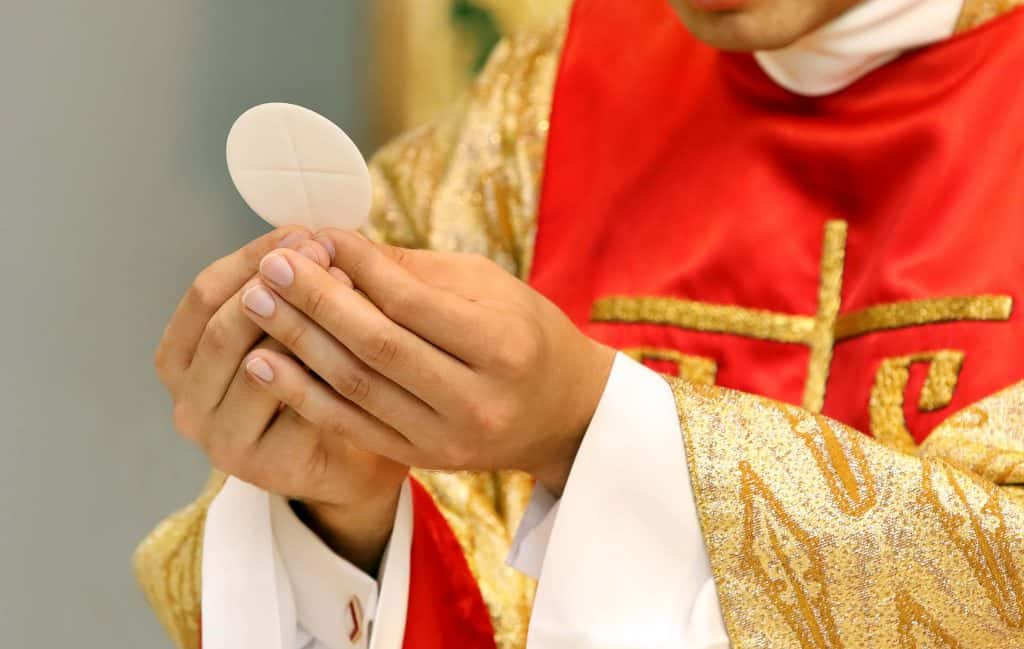

In the 2005 case of Florida woman Terri Schiavo, who was in a persistent vegetative state following an accident, the Catholic Church vocally opposed withholding artificial administration of food and water from Schiavo to hasten her death.īut Catholics have often been divided on interpretations of what end-of-life care should be. Not only has the church been historically opposed to medically assisted suicide and euthanasia, its representatives have often vocally advocated on behalf of keeping terminally ill or vegetative patients on life support indefinitely.

Traditionally, the most vocal opposition to any form of assisted dying has been the Christian (and particularly the Catholic) Church. Catholic end-of-life social teaching is more complicated than media coverage would suggest In each case, the idea of freedom - that it is a human right to decide how and when one will die - trumps the idea of life itself as a moral and existential good. NPR host Diane Rehm, for example, has been an outspoken advocate of the “right to die” movement after witnessing her husband’s excruciatingly slow death. He hoped he would live on “as an instrument of freeing the elderly from the need to pursue their life irrespective.”Ī number of public figures and activists have expressed similar sentiments. And, he argued, nobody else should have to either. He simply did not want to live any longer. Among the most controversial cases in recent memory was that of Aurelia Brouwers, a 29-year-old Dutch woman with mental health problems who successfully convinced courts after an eight-year battle that her severe depression made life unbearable.īut what makes Goodall’s case particularly distinct was that he was not ill and was in fact, though frail, in good health. In most cases, those who have chosen the “death with dignity” route are those suffering from terminal physical illnesses. Who has the right to end a life - and why? And what does it mean to make assumptions that a life is, or is not, worth living? At what point do the sometimes competing ideas of “best interest,” individual freedom, and the inherent goodness of life overlap, and where do they contradict each other? And what does the increasing medicalization of death say about our attitude to life? Goodall was one of many right-to-die activists prominent in the mediaĪ number of right-to-die activists, including Brittany Maynard (who ended her life in Oregon at age 29 after discovering she had terminal brain cancer) and Nan Maitland (who ended her life at a Swiss clinic) have, like Goodall, spoken publicly before going ahead with the procedure. And end-of-life debates more generally - whether they’re instances of suicide like Goodall’s or controversial cases like that of terminally ill UK infant Alfie Evans, whose parents lost the fight to keep him on life support - raise vital questions for which we, as a society, do not have fully articulated answers. Those who make the decision are generally characterized as brave pioneers.īut Goodall’s case and the right-to-die movement have their critics, in both the religious and the secular sphere. In states like Oregon and Washington, where physician-assisted suicide is legal, the numbers of those who have chosen to go it have risen steadily.īy and large, media coverage of cases like Goodall’s has been positive. Goodall is far from the first person to have chosen physician-assisted suicide (when the doctor prescribes fatal medication for a patient to take) or euthanasia (when the doctor causes death directly). His death was entirely on script - he died, the Times tells us, to the closing strains of Beethoven’s “Ode to Joy,” the very song he’d chosen.
CATHOLIC TEACHING ON WITHHOLDING FOOD TO HASTEN DEATH FULL
His death, as the Times portrayed it, was a celebration of the “dying with dignity” movement: a chance for a man who had lived a long and full life to exit this world on his own terms. But as the Australian scientist and right-to-die advocate told the New York Times, “I no longer want to continue life, and I’m happy to have a chance tomorrow to end it.” And so he traveled to a Swiss clinic to die via physician-assisted suicide. He was not terminally ill, nor was he in physical pain. David Goodall killed himself earlier this month.


 0 kommentar(er)
0 kommentar(er)
